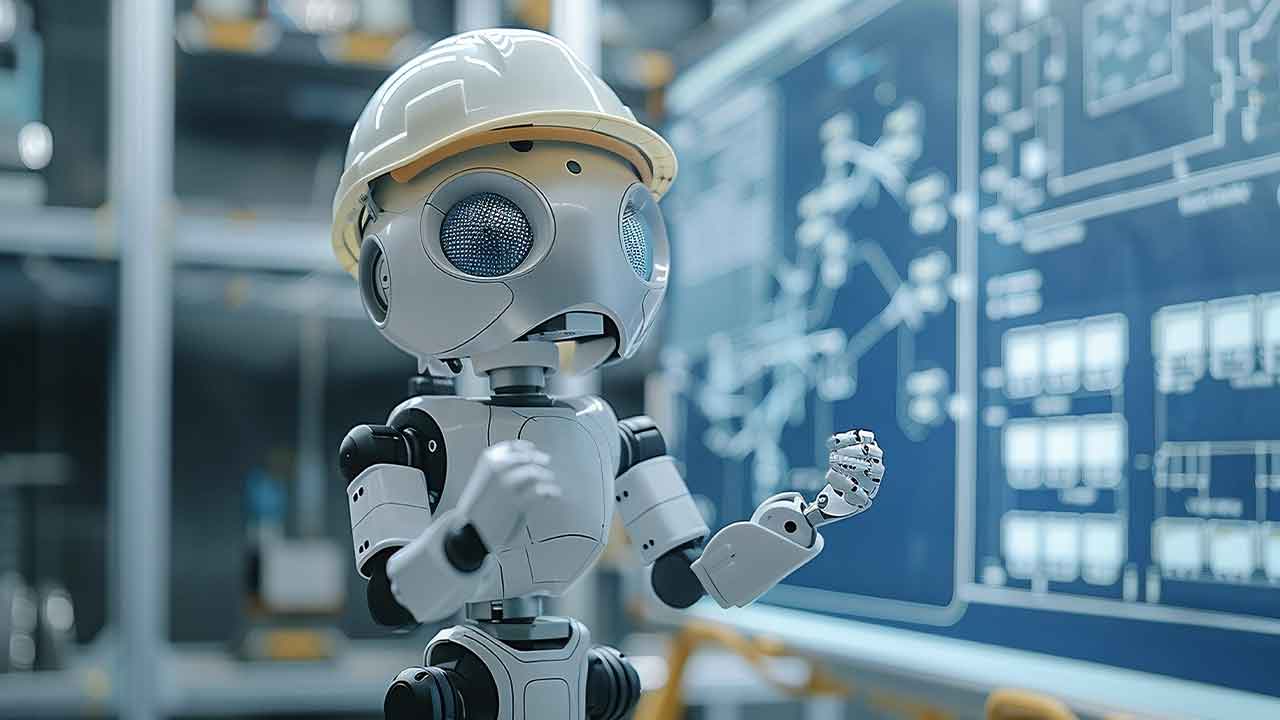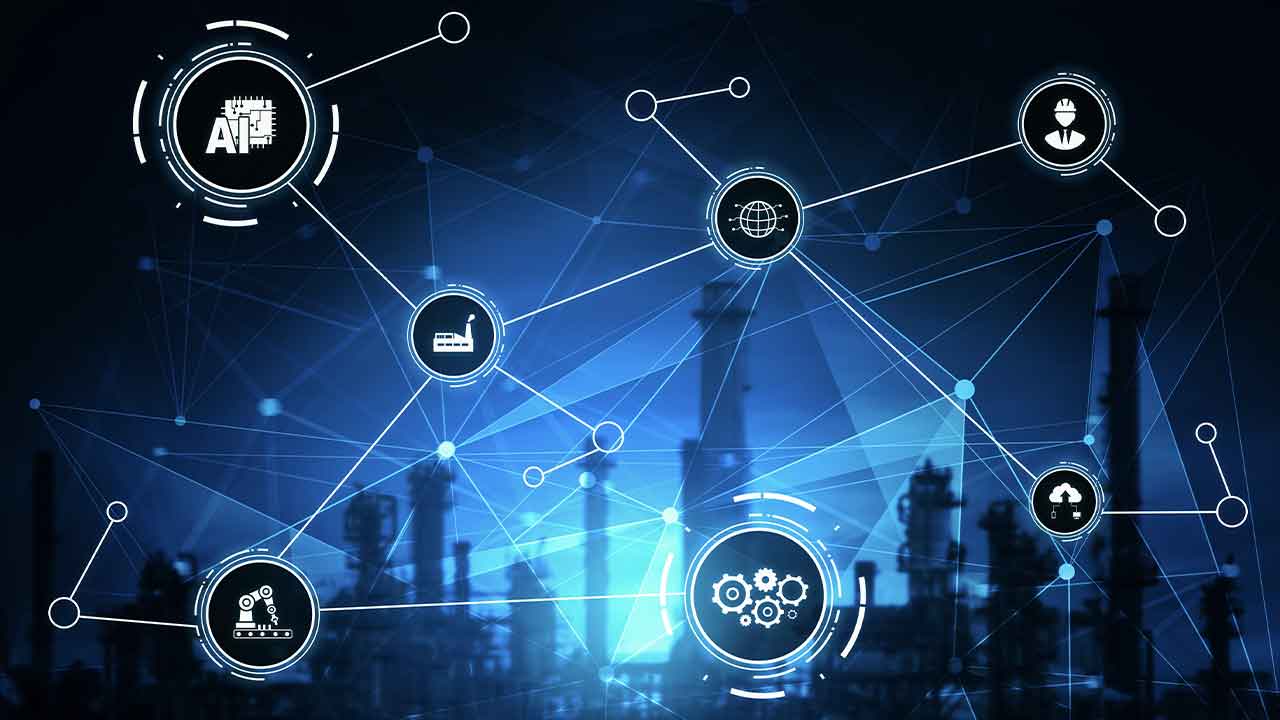AI at the Edge of the Factory Floor: What’s Real, What’s Next
At Hannover Messe 2025, the excitement around industrial AI was palpable—but beneath the buzz, Ozgur Tohumcu of AWS shared a candid view of where manufacturing still lags and where AI is starting to deliver measurable value.
Despite years of investment, many manufacturers are still struggling to turn decades of collected data into real-time, decision-grade insight. The reasons are more human than technical.
Two Pressures, One Accelerant: Labor Shortage and Supply Chain Instability
Ozgur Tohumcu points to two persistent forces pushing manufacturers to innovate faster than ever:
- A deepening skilled labor shortage—with 1.4 million workers lost during the COVID-19 pandemic and a projected shortfall of 2 million by 2030.
- Fragile supply chains—disrupted by chip shortages, global crises, and shifting tariffs.
These challenges are accelerating the adoption of AI and cloud-based solutions—to optimize and enable smarter, more resilient operations.
The Mindset Shift: Speed Over Perfection
For legacy manufacturers especially, the real transformation starts with mindset. Ozgur Tohumcu notes two key shifts required to scale AI successfully:
- A clear, top-down mandate. Organizations like BMW and Siemens have made “data-driven” culture a board-level priority—breaking silos, modernizing infrastructure, and putting insights into the hands of every employee, not just the technical teams.
- Faster decision-making. Many companies still wait for 90–95% data certainty before acting. In today’s manufacturing environment, it’s better to move with 70% confidence and adjust in motion than to be paralyzed by analysis.
Generative AI in Action: From Hype to High-Impact
While some generative AI applications are still maturing, others are already transforming operations. One example from a global automotive manufacturer: by leveraging generative AI and high-performance computing, they reduced a full design simulation process from two days to two seconds. That kind of speed unlocks rapid iteration, better product development, and shorter innovation cycles.
What Makes AI Deliver Business Value?
The winners in industrial AI aren’t chasing hype—they’re building modern data architectures that allow them to:
- Unify and contextualize enterprise data
- Customize foundation AI models with proprietary knowledge
- Deploy at scale across edge and cloud environments
This foundational work turns generic AI capabilities into differentiated, competitive advantages.
The Human-Robot Future: Closer Than It Seems
Looking ahead, Ozgur Tohumcu sees a fundamental shift coming in how humans and robots work together. While discrete robotic applications exist today, the full integration of humanoid systems on the shop floor—where tasks are handed seamlessly between humans and machines—is still emerging.
Manufacturers may be investing in robotics, but few are fully prepared for this new level of interaction. The future of AI in manufacturing will require not just automation—but orchestration between intelligent systems and people.
At Hannover Messe 2025, Ozgur Tohumcu made clear that AI’s potential in manufacturing is real—but its success depends on leadership vision, cultural shift, and architectural readiness. The manufacturers that move fast, think holistically, and invest in foundational data strategy will shape the next industrial era.
About the author
Lucian Fogoros is the Co-founder of IIoT World
Related articles:



